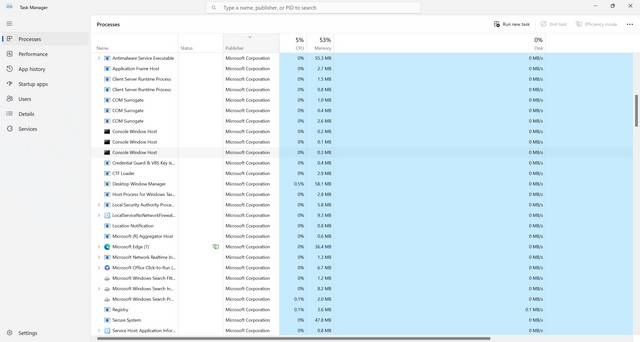BlueStacksHelper.exe is a process that is associated with the BlueStacks Android emulator software. BlueStacks is a popular program that allows users to run Android applications on their Windows or Mac computers. The BlueStacksHelper.exe process is responsible for assisting with the smooth operation of the BlueStacks software.

What is BlueStacksHelper.exe?
BlueStacksHelper.exe is a legitimate executable file that is part of the BlueStacks software. It is located in the installation folder of BlueStacks and is automatically launched when the program starts. The main purpose of BlueStacksHelper.exe is to provide support and assistance to the BlueStacks software, ensuring that it runs smoothly and efficiently.
BlueStacksHelper.exe is not a standalone program and cannot be run independently. It works in the background, performing various tasks to enhance the performance of the BlueStacks emulator. These tasks may include managing system resources, handling file operations, and facilitating communication between the BlueStacks software and the Android applications running on it.
Should I Remove BlueStacksHelper.exe?
No, you should not remove BlueStacksHelper.exe if you are using the BlueStacks software. It is an essential component of the program and removing it may cause issues with the functionality of BlueStacks. If you no longer use BlueStacks or have uninstalled the program, you can safely remove BlueStacksHelper.exe from your computer.
However, if you suspect that BlueStacksHelper.exe is causing performance issues or behaving suspiciously, it is recommended to perform a thorough scan of your system using reliable antivirus software. One such software is Malwarebytes Free, which is known for its effectiveness in detecting and removing malware.
Is BlueStacksHelper.exe Malware?
No, BlueStacksHelper.exe is not malware. It is a legitimate file associated with the BlueStacks software. However, like any other executable file, it is possible for malware to disguise itself as BlueStacksHelper.exe. This is why it is important to ensure that you have downloaded BlueStacks from a trusted source and that your antivirus software is up to date.
If you suspect that BlueStacksHelper.exe on your system is malware, you can perform a scan using antivirus software to confirm. Malwarebytes Free is a reliable option for scanning and removing malware. It is always recommended to keep your antivirus software updated and perform regular scans to ensure the security of your system.
Conclusion
BlueStacksHelper.exe is a legitimate process associated with the BlueStacks Android emulator software. It is responsible for providing support and assistance to the BlueStacks program, ensuring its smooth operation. It is not malware and should not be removed if you are using BlueStacks.
However, if you suspect any issues or suspicious behavior related to BlueStacksHelper.exe, it is recommended to perform a scan using reliable antivirus software such as Malwarebytes Free. This will help identify and remove any potential malware disguising itself as BlueStacksHelper.exe.
Remember to always download BlueStacks from trusted sources and keep your antivirus software up to date to ensure the security of your system. By following these precautions, you can enjoy the benefits of BlueStacks without any concerns about BlueStacksHelper.exe.










